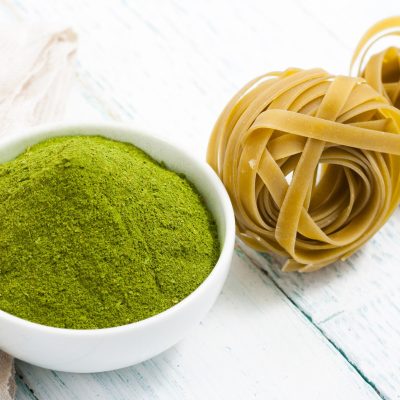Gluten-free pasta from sorghum and cassava
The continuous migration flows and the subsequent multi-ethnicity of our society have led to a fusion of traditions and cultures, including in the food sector. In fact, food does not only keep alive the relation with its culture of origin, but it also represents a catalyst for integration and inclusion of immigrants and, at the same time, an opportunity for the host country to learn about and introduce new raw materials into national eating habits. Currently, there are almost 5 million immigrants in Italy, accounting for around 8.5 % of the population, of which 22.5 % come from Africa. Sorghum, cassava and durum wheat are the largest source of carbohydrates in Africa.
Sorghum and cassava: characteristics and potential
Sorghum (Sorghum bicolor Moench) is the fifth most common cereal crop after wheat, rice, corn and barley. It is an important crop in the dry tropical and sub-tropical regions where it is used to prepare food and drink. Sorghum cultivation is also widespread in temperate areas of the United States, Australia and Europe for a predominantly zootechnical use. Recently, sorghum has been proposed in the industrial production of biomass, ethanol and bioplastics.
Subscribe to the magazine to read the full article








